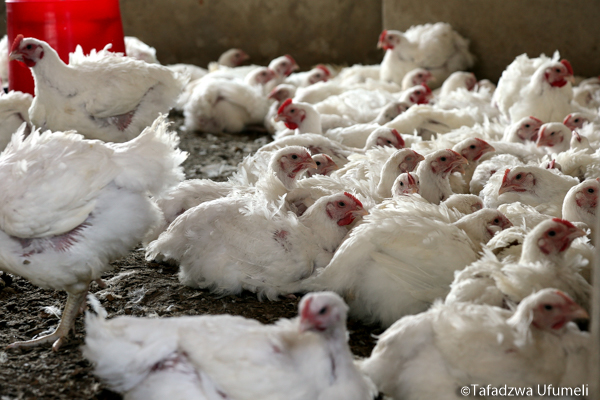
THE manufacturing of poultry feeds continued to dominate the stockfeed industry during the second quarter of 2017 with a monthly average of 22,473 metric tonnes worth $15,5 million, an industry official has said.
BY MTHANDAZO NYONI
Zimbabwe Poultry Association chairperson, Solomon Zawe revealed that even though the manufacturing of poultry feeds dominated the stockfeed industry during the period under review, it registered a decrease of 25% in quantity and 7% in value over the same period in 2016.
“Poultry feeds accounted for 69% of all feeds produced by weight and 72% by monetary value. By comparison, pig and ruminant feeds accounted for 9% each of the total value of feeds produced, respectively,” Zawe said.
“Over the period January to June, production of broiler and layer feeds decreased by 27 and 21%, respectively, compared to the same period last year.”
He revealed that the price of maize and solvent extracted soya meal in the second quarter of 2017 were 1% and 2% lower compared to the first quarter.
He said price fluctuations of most other raw materials were around 0 to 5% of first quarter prices with the exception of wheat and maize brans (-10 and -9% respectively), high crude protein cotton meal (-14%), coarse and fine limestone flour (+14 and -10%), meat and bone meal (+11%) and fish meal (+8%).
“Average weighted broiler and layer feed prices in the second quarter of 2017 were $637 and $473/mt, respectively, being the same and 3% lower than prices in the first quarter of 2017,” he said.











